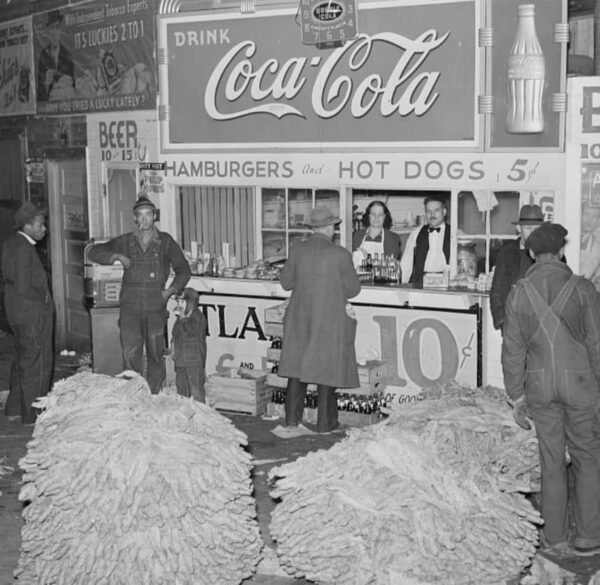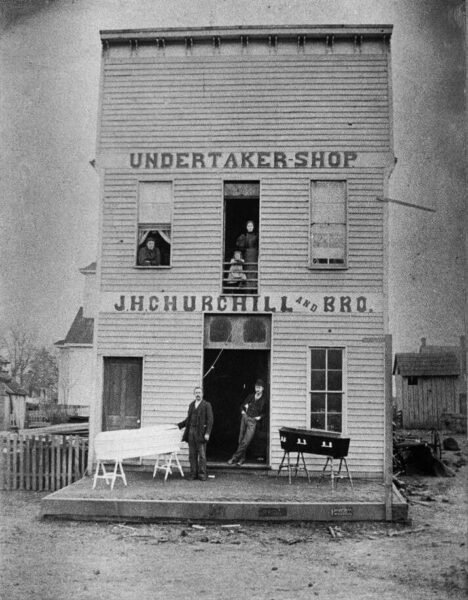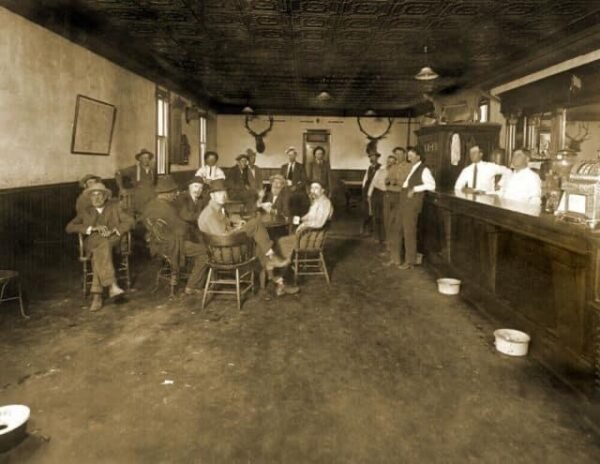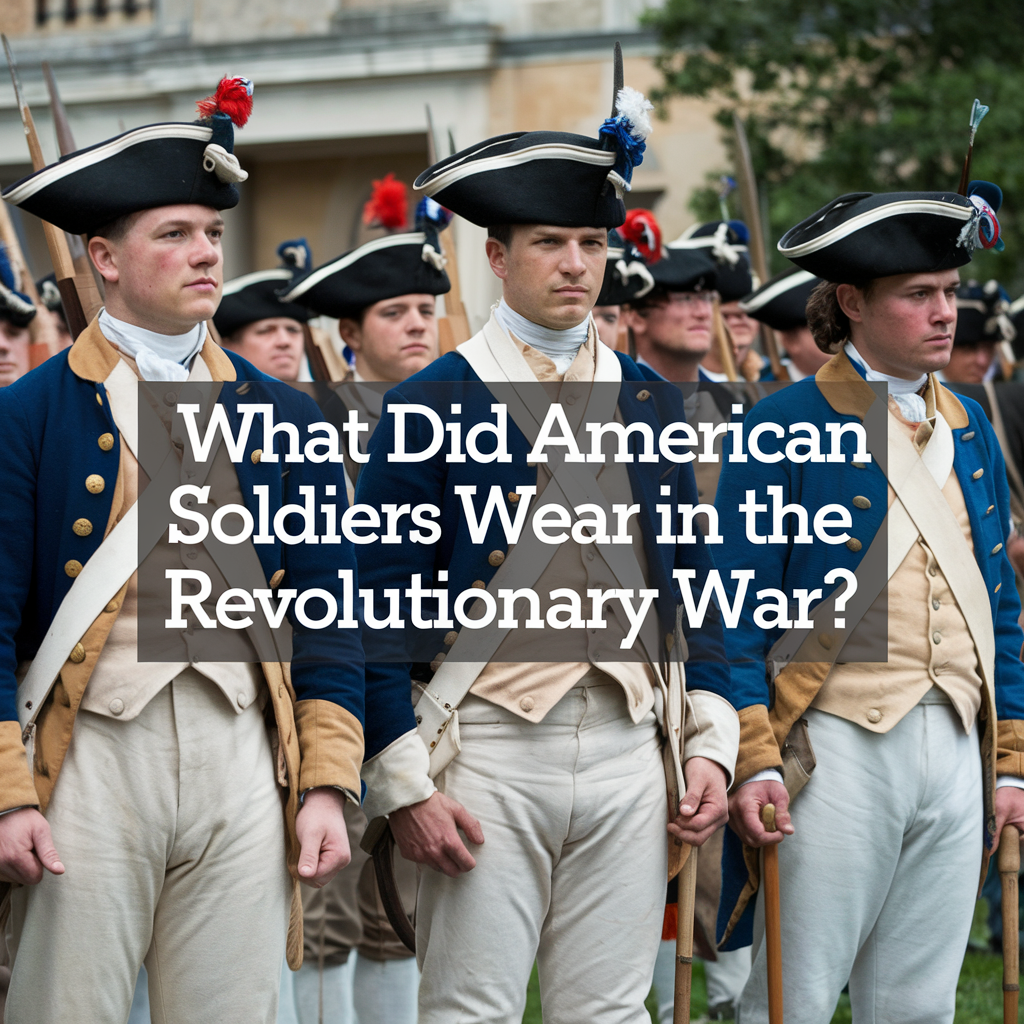
What Uniforms Were Worn During the Revolutionary War?
When we think of the American Revolutionary War, it’s easy to picture Continental soldiers in blue coats, standing against the British Redcoats. But the reality of Revolutionary War uniforms was a little more complicated—especially in the early years. Many soldiers, particularly in the militia, didn’t have official uniforms at all. Some wore their everyday clothes, while others pieced together whatever they could find that resembled a military outfit.
As the war progressed, the Continental Army—under General George Washington’s leadership—worked to standardize uniforms so that American troops looked more like a professional fighting force. Blue and buff coats became the signature look of the Patriot army, symbolizing their independence from Britain’s red-clad forces.
🔗 Want to see what these uniforms looked like? Check out Uniforms of the American Revolution for a detailed look at the clothing and gear worn by soldiers.
Why Blue? The Story Behind America’s First Military Uniforms
The blue and buff colors of the Continental Army’s uniforms weren’t just a random choice—they were deeply symbolic.
✔ Blue represented loyalty and perseverance—fitting for a group of revolutionaries trying to break free from Britain.
✔ Buff (a tan or light brown color) symbolized strength and resilience.
✔ Washington himself favored blue—he had worn it during the French and Indian War and encouraged its use as a unifying color for American forces.
Militia vs. Continental Army Uniforms
Not every soldier in the Revolutionary War had the luxury of a proper uniform.
✔ Continental Army soldiers—who were part of Washington’s official military force—were issued blue coats, breeches, tricorn hats, and white or buff waistcoats.
✔ Militiamen, on the other hand, wore whatever they had—which often meant homespun coats, hunting shirts, or even old British uniforms they had scavenged.
This lack of uniformity sometimes caused confusion on the battlefield. Unlike the British, whose bright red coats made them easily identifiable, American troops had to rely on different colored facings (the trim on their coats) and other small details to distinguish friend from foe.
Now that we know what the Patriots wore, let’s talk about their biggest enemy: the British Redcoats—and how the American “Bluecoats” got their name.
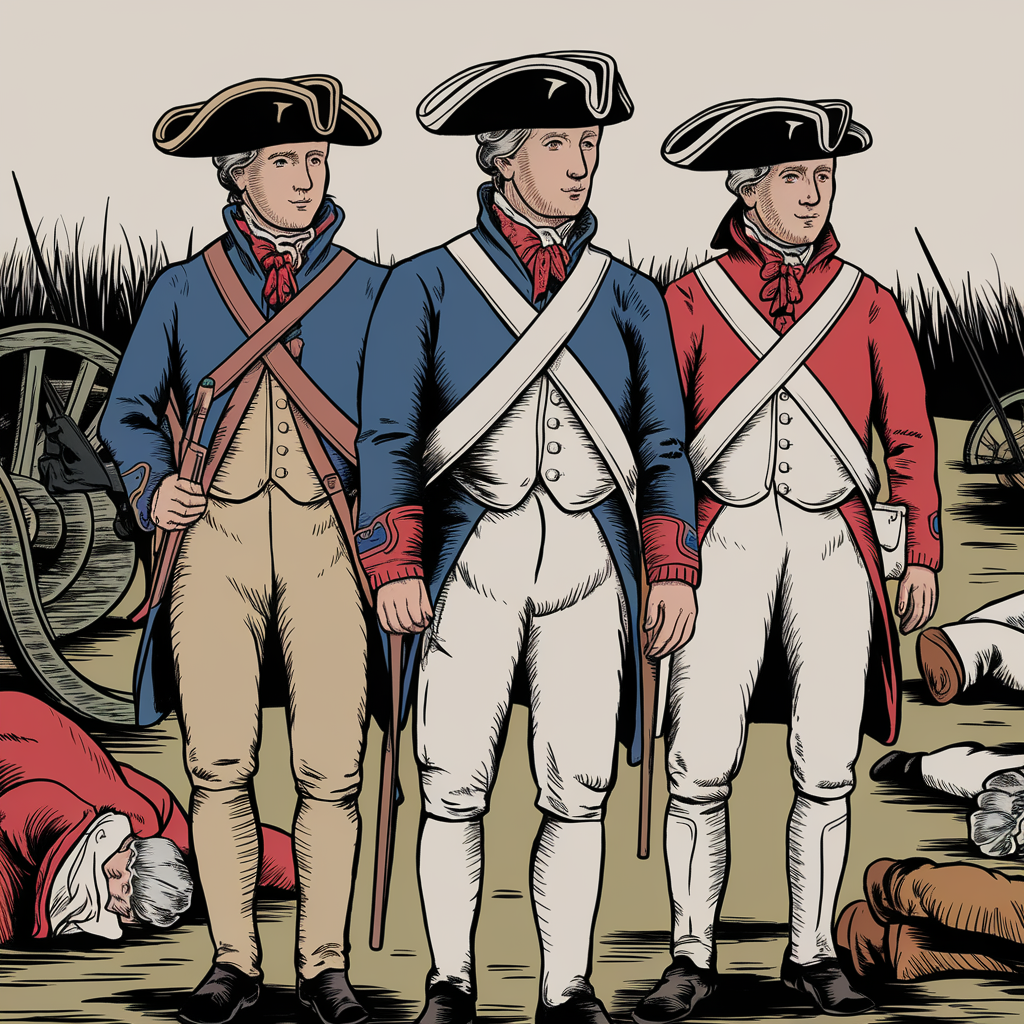
Who Were the Redcoats and Bluecoats?
If there’s one thing everyone remembers from history class, it’s that the British soldiers were called Redcoats and the Americans were Bluecoats. But why did the British wear bright red in battle? And how did the blue uniforms of the Patriots come to represent the revolution?
Why Did the British Wear Red?
The British Army had been wearing red long before the Revolutionary War. Their bright scarlet coats were designed for several practical and psychological reasons:
✔ Red dye was widely available—it was cheaper and easier to produce than some other colors.
✔ It hid bloodstains better—a pretty important feature for battlefield uniforms.
✔ It made soldiers look more intimidating—a mass of Redcoats marching in formation was meant to strike fear into the enemy.
The British believed their well-disciplined troops in red coats would easily overpower the disorganized militias of the colonies. But they underestimated the determination of the American Patriots.
How Did the American “Bluecoats” Get Their Name?
Unlike the British, the Americans didn’t have a long-standing military tradition when the war began. At first, there was no official uniform—just a mix of militia gear, hunting shirts, and old British coats.
That changed when George Washington and the Continental Congress adopted blue as the official color for the American army.
✔ Blue coats were more practical—they blended in better than bright red, especially in forests and rough terrain.
✔ They symbolized the break from British rule—choosing blue was a direct rejection of the traditional British red.
✔ They were inspired by European military styles—the French, who later helped the Americans, also wore blue.
🔗 For more on how the Patriots embodied bravery and resistance, check out American Patriots: The Legacy of Bravery and Resolve.
Did Every American Soldier Wear Blue?
Not exactly. Many soldiers—especially early in the war—couldn’t get proper uniforms. The American supply chain wasn’t great, and troops often had to wear whatever they could find. Some even wore brown or green coats instead of blue.
🔹 Riflemen often wore green or brown uniforms—this helped them blend in with the wilderness for ambush tactics.
🔹 State militias had different variations of blue coats, depending on what fabric was available.
🔹 French supplies later helped provide more blue uniforms, but even by the end of the war, many American soldiers still lacked full uniforms.
Now that we know about the Redcoats and Bluecoats, let’s look at what everyday colonists wore during the war—and how they adapted their clothing for battle.
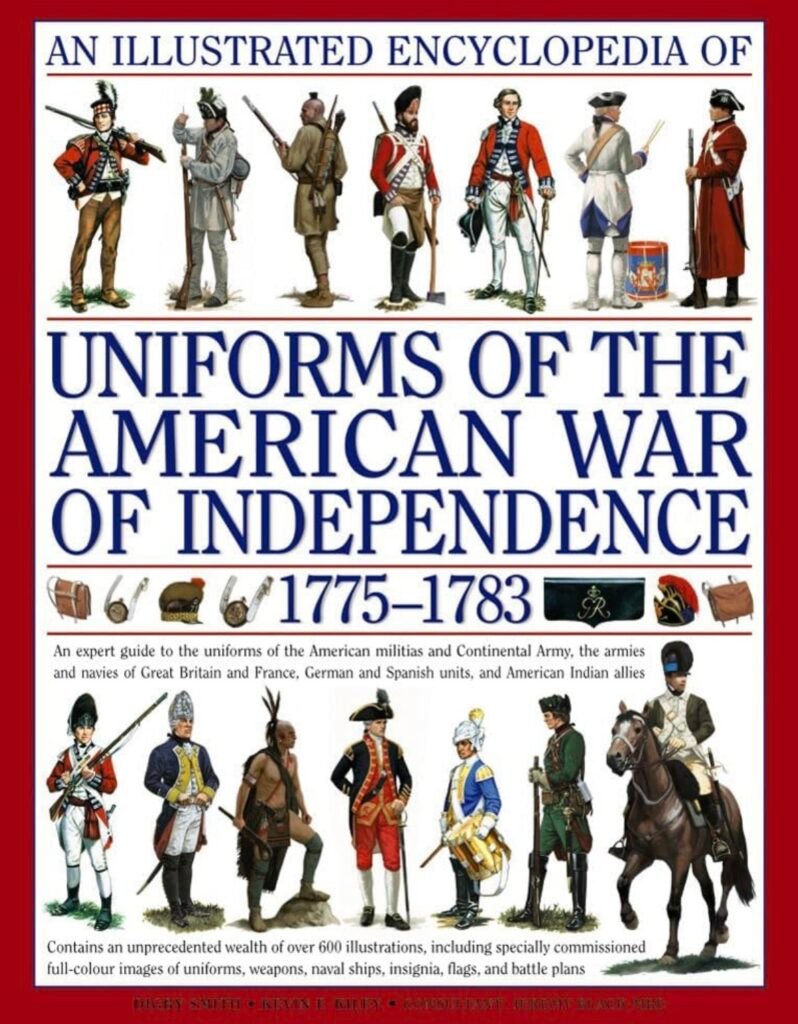
What Did Colonists Wear During the American Revolution?
Not every Patriot was part of the Continental Army, and many colonists had to make do with what they had. While the official uniforms of the Bluecoats stood out in battle, many militiamen and citizen-soldiers fought in their everyday clothing.
The Standard Colonial Outfit
Before mass-produced uniforms, colonists dressed in simple, practical clothing suited for everyday life. A typical colonial man’s outfit included:
✔ Shirt – Usually made of linen or wool, worn under a waistcoat.
✔ Waistcoat (Vest) – A sleeveless coat, often in neutral colors.
✔ Breeches – Knee-length pants, paired with wool stockings.
✔ Tricorn Hat – The famous three-cornered hat that became a staple of colonial fashion.
✔ Shoes with Buckles – Sturdy and built to last, though some wore moccasins, especially on the frontier.
For many of the early militias, this everyday clothing became their uniform. They often added a hunting shirt over their regular clothes—a long, fringed tunic that was popular on the frontier and made for easy movement in battle.
The Role of the Hunting Shirt
One of the most recognizable pieces of non-uniform attire from the Revolutionary War was the hunting shirt.
✔ Made of linen or cotton, it was lightweight and breathable.
✔ Fringe on the edges wasn’t just for looks—it helped wick away sweat and water.
✔ It was cheap and easy to make, making it a common sight among militias.
✔ George Washington loved them—he even suggested they become a standard part of the Continental Army uniform.
🔗 Washington’s personal military belongings reflected the simple, practical nature of war gear. Check out George Washington’s Military Trunk Bed: A Glimpse Into the Revolutionary War.
Women and Children’s Clothing During the Revolution
While men were off fighting, women played a critical role in the war effort, often sewing uniforms and creating homespun clothing when British imports were blocked.
✔ Women wore long gowns with aprons or skirts with fitted bodices.
✔ Mob caps (soft bonnets) were worn to keep hair covered.
✔ Children dressed similarly to adults, with boys wearing miniature versions of men’s coats and breeches.
🔹 Clothing shortages became a real problem as the war dragged on. Many soldiers and civilians had to patch and repair clothing constantly.
While the British Redcoats had a more uniformed and polished look, the Americans wore whatever they could find, proving that determination, not just appearance, wins wars.
Next, let’s explore what the British actually called American soldiers during the war—and the nicknames that stuck.
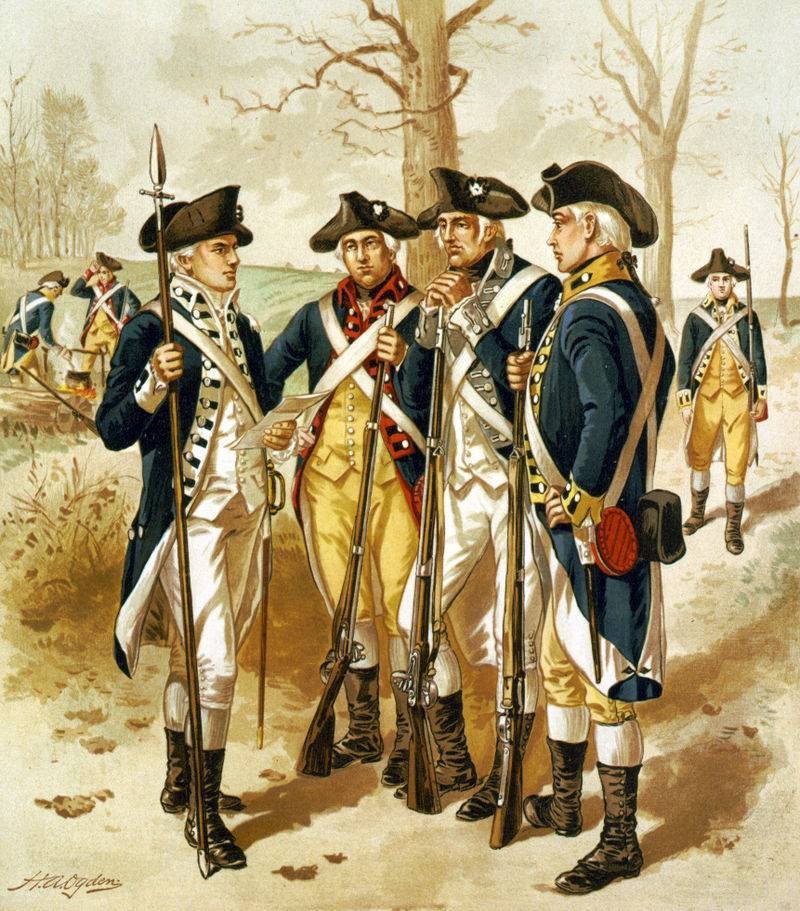
What Did the British Call American Soldiers During the War?
The Revolutionary War wasn’t just fought with muskets and cannons—it was also a battle of words and propaganda. The British had plenty of nicknames and insults for the American soldiers, just as the Patriots had their own names for the Redcoats. Some of these labels were meant to mock, while others were terms that stuck and evolved into symbols of pride.
The British Nicknames for American Soldiers
✔ Yankees – This was originally an insult used by the British to describe the “backwoods, unsophisticated” colonists. However, the Americans embraced it, turning it into a symbol of patriotism. (Think Yankee Doodle Dandy—the British originally wrote that song as a joke, but the Patriots sang it proudly.)
✔ Rebels – Since the Americans were fighting against their own government (British rule), the term “rebels” was commonly used to describe them.
✔ Ragtag Army – The British mocked the Patriots for their lack of proper uniforms, often calling them a disorganized, ragged force—though that “ragtag” army would go on to win the war.
✔ Blue Devils – Some British soldiers referred to the Continental Army as the “Blue Devils” due to their blue coats and their relentless fighting spirit.
What Did the Americans Call the British?
Of course, the Patriots had their own names for British soldiers:
✔ Redcoats – The most famous term, based on their bright red uniforms.
✔ Lobsterbacks – A more mocking version of “Redcoat,” referring to their red uniforms making them look like lobsters.
✔ Bloody Backs – A crude reference to flogging in the British Army, which was a common form of punishment.
✔ Tories – Not all British sympathizers were soldiers—this term was used for colonists who remained loyal to Britain.
🔗 For more on the legacy of the brave Patriots who fought the British, check out American Patriots: The Legacy of Bravery and Resolve.
How These Names Shaped American Identity
Though the British used “Yankee” as an insult, the Americans took ownership of the word. Over time, it became a badge of honor, representing independence, resilience, and the American fighting spirit. Even today, “Yankee” is still associated with American culture, from baseball teams to patriotic songs.
Now that we know what the Patriots and Redcoats called each other, let’s take a look at how American uniforms evolved—and why the U.S. Army eventually moved away from blue coats.
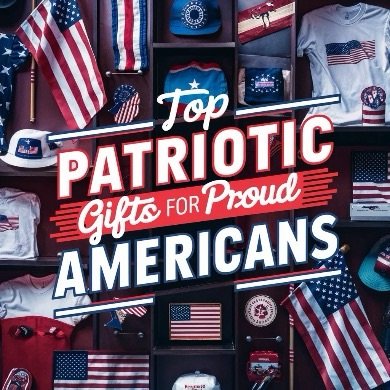
The Evolution of American Military Uniforms: Why Did the U.S. Army Stop Wearing Blue?
If the blue and buff uniforms of the Continental Army were such an iconic part of the American Revolution, why don’t we see soldiers wearing them today? While blue remained a staple of the U.S. Army for many years, changes in warfare, practicality, and military traditions eventually led to the switch to the olive drab and camouflage patterns we see today.
Why Did the Continental Army Wear Blue?
✔ Symbolism – Blue was chosen as a direct rejection of British red. It represented loyalty, perseverance, and the American fighting spirit.
✔ French Influence – France, America’s biggest ally in the war, also used blue military uniforms, reinforcing the connection.
✔ Uniformity & Identity – A standardized blue coat helped distinguish the Continental Army from militias and the British Army, though in reality, supply shortages meant not every soldier got one.
How Long Did the U.S. Army Wear Blue?
After the war, blue remained the official color of the U.S. Army for nearly a century.
✔ War of 1812 – Soldiers continued wearing blue, though there were minor variations in trim and facings.
✔ Mexican-American War (1846-1848) – The Army still wore blue but introduced lighter shades for different units.
✔ Civil War (1861-1865) – Union soldiers wore blue, while Confederate soldiers adopted gray and butternut colors.
🔗 One of the last surviving Revolutionary War veterans, William Hutchings, recalled the transition from early military dress. Read more in The Last of the Patriots: William Hutchings and the American Revolutionary War.
When Did the U.S. Army Stop Wearing Blue?
✔ Spanish-American War (1898) – The Army transitioned from blue wool to khaki because it was lighter, cooler, and blended into the environment.
✔ World War I (1914-1918) – By this time, most U.S. soldiers wore olive drab uniforms, better suited for modern trench warfare.
✔ World War II and Beyond – Blue was almost entirely phased out, with soldiers wearing camouflage and earth-toned uniforms for practicality in combat.
Though blue is no longer standard on the battlefield, it still plays a ceremonial role. The Army Dress Blues are used for formal occasions, keeping the tradition alive.
Now that we’ve seen how American military uniforms evolved, let’s take a look at how the French played a key role in shaping what the Patriots wore during the Revolution.
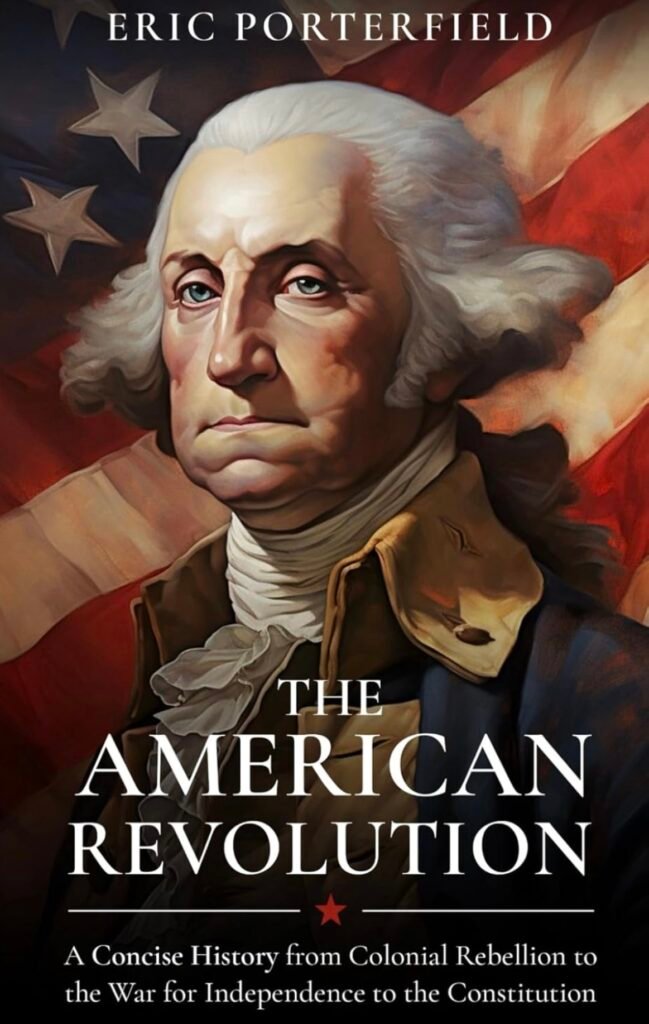
The Role of French Influence on American Uniforms
By the time the American Revolution was in full swing, the Continental Army was desperate for supplies, including proper uniforms. The British had a well-funded military with professional equipment, while American troops often fought in patched-up coats, homespun hunting shirts, or whatever they could find. That all changed when France officially allied with the American colonies in 1778, bringing in much-needed weapons, ammunition, and—yes—uniforms.
How the French Helped Outfit American Troops
✔ Fabric and Dyes – The French supplied quality cloth for making blue coats, helping to establish a more uniformed look among American soldiers.
✔ French-Style Uniforms – Some regiments, particularly those trained in European warfare, were issued uniforms modeled after the French Army’s blue coats with white facings.
✔ Officer Uniforms – Many higher-ranking American officers adopted elements of French military fashion, including gold epaulets and stylish trim.
🔗 For a glimpse into what Revolutionary War leaders traveled with, check out George Washington’s Military Trunk Bed: A Glimpse Into the Revolutionary War.
Did French Soldiers Wear Blue Too?
Interestingly, while the French supplied blue coats to the Americans, their own soldiers often wore white coats with blue facings during the war. The similarity in colors between the two armies reinforced their alliance, and American troops benefited from the expertise of French military advisors like the Marquis de Lafayette, who helped standardize training and organization.
How French Support Helped Win the War
Beyond uniforms, French assistance was crucial in:
✔ Naval power – The French Navy helped cut off British supply lines and was instrumental in the victory at Yorktown.
✔ Weapons and artillery – French cannons and muskets gave the Americans firepower to match the British Army.
✔ Financial aid – Without French funding, the war might not have been winnable for the cash-strapped colonies.
Without France’s influence, the American Revolution could have turned out very differently. But what happened to all those uniforms once the war was over? Let’s explore how Revolutionary War uniforms were repurposed or preserved—and what we can still learn from them today.
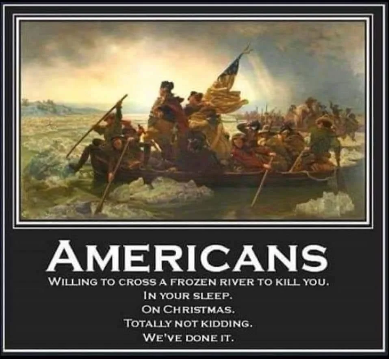
What Happened to These Uniforms After the War?
Once the Revolutionary War ended in 1783, the Continental Army disbanded, and many soldiers returned to civilian life. But what happened to their blue and buff coats, tricorn hats, and other military gear? Unlike today, where uniforms are often preserved in museums, many of these early American uniforms were repurposed, lost to time, or even buried with their owners.
Repurposing Uniforms into Everyday Clothing
For many former soldiers, their Continental Army uniforms were the nicest clothes they owned. Instead of tossing them out, they:
✔ Modified them into everyday wear—Blue coats were dyed brown or gray to be less recognizable.
✔ Handed them down—Some families passed uniforms to younger generations as a sign of patriotism and legacy.
✔ Used them for special occasions—Some veterans kept pieces of their uniforms for events like parades or celebrations of Independence Day.
🔗 For a story on how pieces of Revolutionary War history still survive, check out The Flag of the 9th Texas Infantry: A Symbol Through Battles.
Uniforms That Ended Up in Museums
✔ Some well-preserved Revolutionary War uniforms exist today, though they are rare due to natural wear and tear over centuries.
✔ Museums like the Smithsonian and colonial heritage sites display uniforms from high-ranking officers or carefully preserved artifacts.
✔ Reenactors and history enthusiasts help keep the tradition alive by recreating Revolutionary War uniforms with historical accuracy.
Buried with the Soldiers
Some Revolutionary War veterans were buried in their uniforms, a sign of their lifelong devotion to the cause of freedom. In a time before mass-produced clothing, these uniforms were deeply personal and often the finest garments a soldier had ever owned.
🔗 One of the last surviving veterans of the war, William Hutchings, lived long enough to witness a changing America. Learn more in The Last of the Patriots: William Hutchings and the American Revolutionary War.
While many of these uniforms are long gone, their legacy remains. The blue and buff colors worn by Washington’s army became part of American military tradition, influencing dress uniforms and patriotic imagery.
Next, let’s explore how the symbolism of Revolutionary War uniforms continues to shape American identity today.
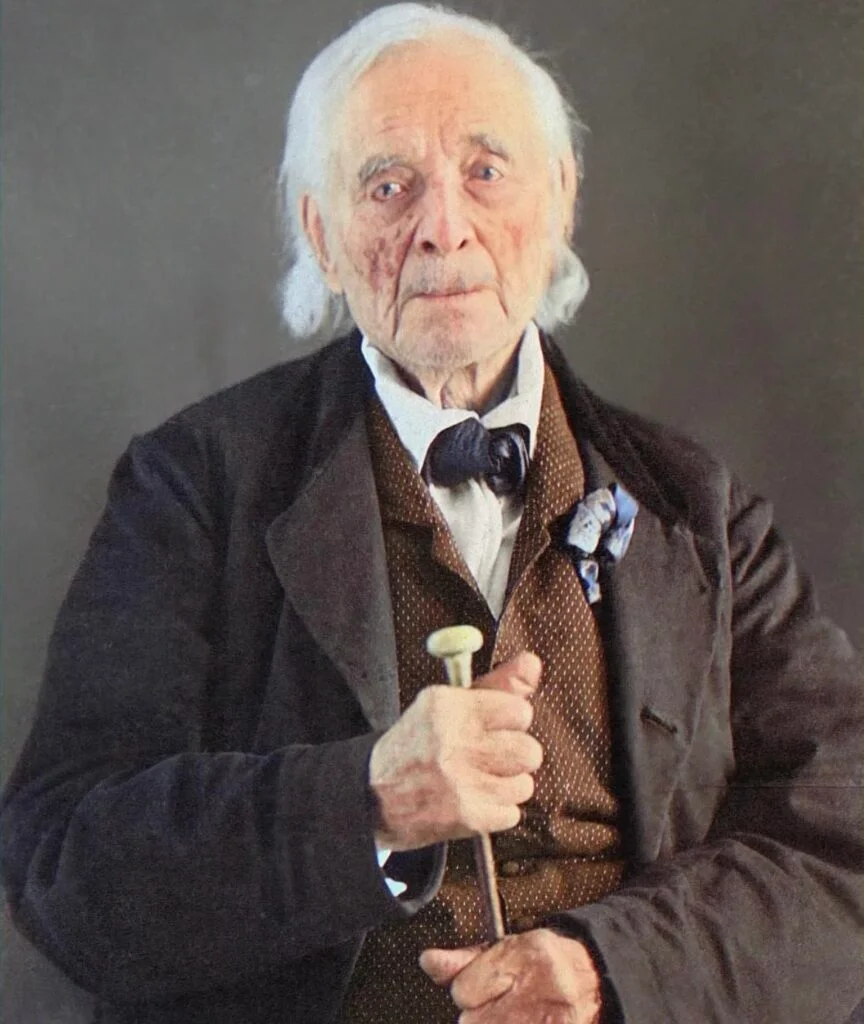
The Lasting Symbolism of Revolutionary War Uniforms
The blue and buff uniforms of the Continental Army weren’t just practical—they became a powerful symbol of American identity. Even though modern soldiers wear camouflage instead of tricorn hats, the legacy of these early uniforms lives on in U.S. military traditions, patriotic celebrations, and historical reenactments.
How Revolutionary War Uniforms Shaped American Military Tradition
✔ The U.S. Army’s Dress Blues – Though combat uniforms have changed, the Army still wears blue dress uniforms for formal occasions, a direct nod to Washington’s original troops.
✔ Presidential Inaugurations – Military honor guards at events like presidential inaugurations often wear 18th-century-inspired uniforms, reinforcing ties to the Revolution.
✔ Fourth of July Parades – Many parades feature revolutionary-style uniforms to celebrate America’s independence.
🔗 If you want to own a piece of America’s past, check out Own a Piece of History: The Declaration of Independence Explained.
Why the Blue and Buff Colors Still Matter
✔ They represent American resilience – The Continental Army’s uniforms were a symbol of defying the odds against Britain’s world-class military.
✔ They remind us of our fight for freedom – Every time we see a historical reenactment or a flag in these colors, it echoes the revolutionary spirit.
✔ They influenced other national uniforms – Many early American state militias continued using variations of blue and buff long after the war, setting a precedent for military dress.
The Revolutionary War’s Influence on Patriotism Today
From historic battlefields to patriotic memorabilia, the American Revolution’s visual legacy is still everywhere. Whether it’s the Statue of Liberty, historical monuments, or flags waving at national parks, the spirit of 1776 lives on.
🔗 Want to show your pride? Check out Top Patriotic Gifts for Proud Americans.
The Uniforms That Built a Nation
Though we no longer see Bluecoats and Redcoats clashing on battlefields, the legacy of American Revolutionary War soldiers’ uniforms is still deeply woven into the fabric of this country. They weren’t just clothes—they were a symbol of freedom, resilience, and the birth of a new nation.
So next time you see a Revolutionary War reenactment or an old painting of Washington and his troops, remember that those uniforms weren’t just about looking the part—they helped shape the America we know today.
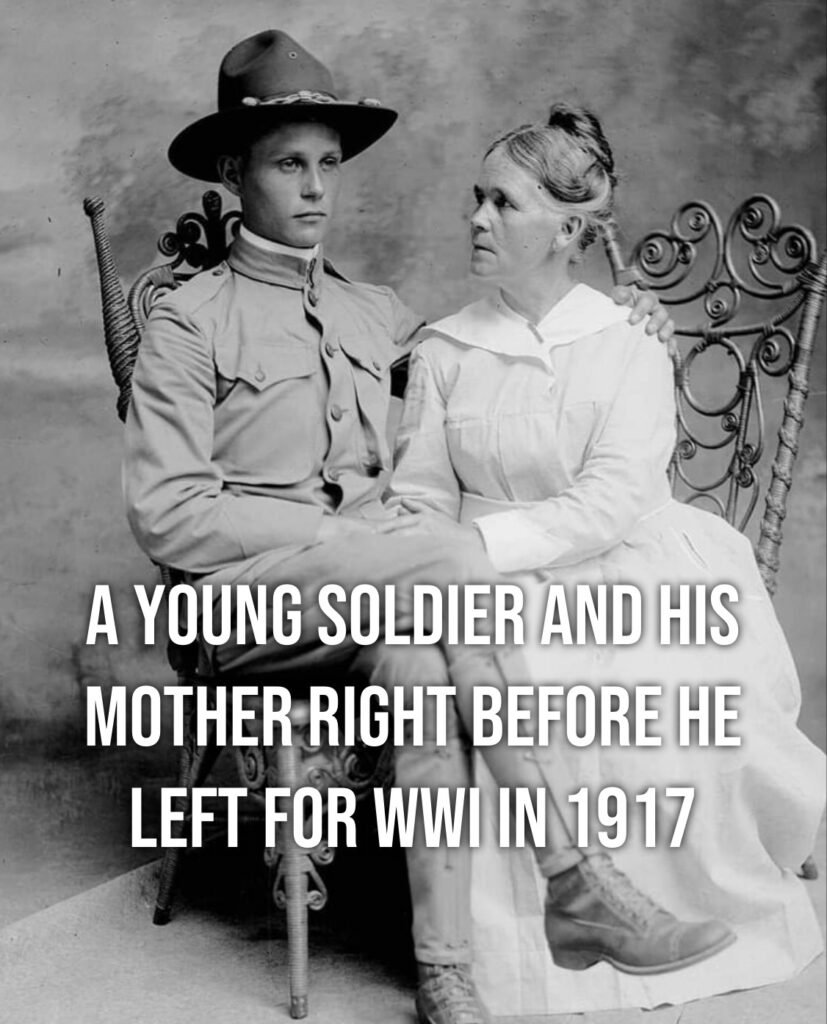
As an Amazon Associate we earn from qualifying purchases through some links in our articles.

